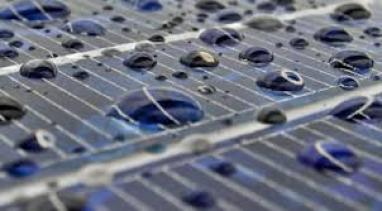Majorana Particles discovered in graphene
An international study conducted by the CSIC (the Spanish National Research Council) has successfully demonstrated for the first time the possibility of Majorana particles in graphene. Majorana particles, also known as Majorana fermions, are interesting since they could be both matter and antimatter. This discovery may represent a breakthrough in the field of quantum computing.
In this theoretical study, the researchers claim that if a layer of graphene is subjected to high magnetic fields and is coupled to a superconducting material, then it is possible to form Majorana particles. The scientists explain that when graphene is subjected to high magnetic fields, electrons are completely unemployed in the whole sample except at the edges. They have shown that by inducing superconductivity those electrons edge become Majorana states.



